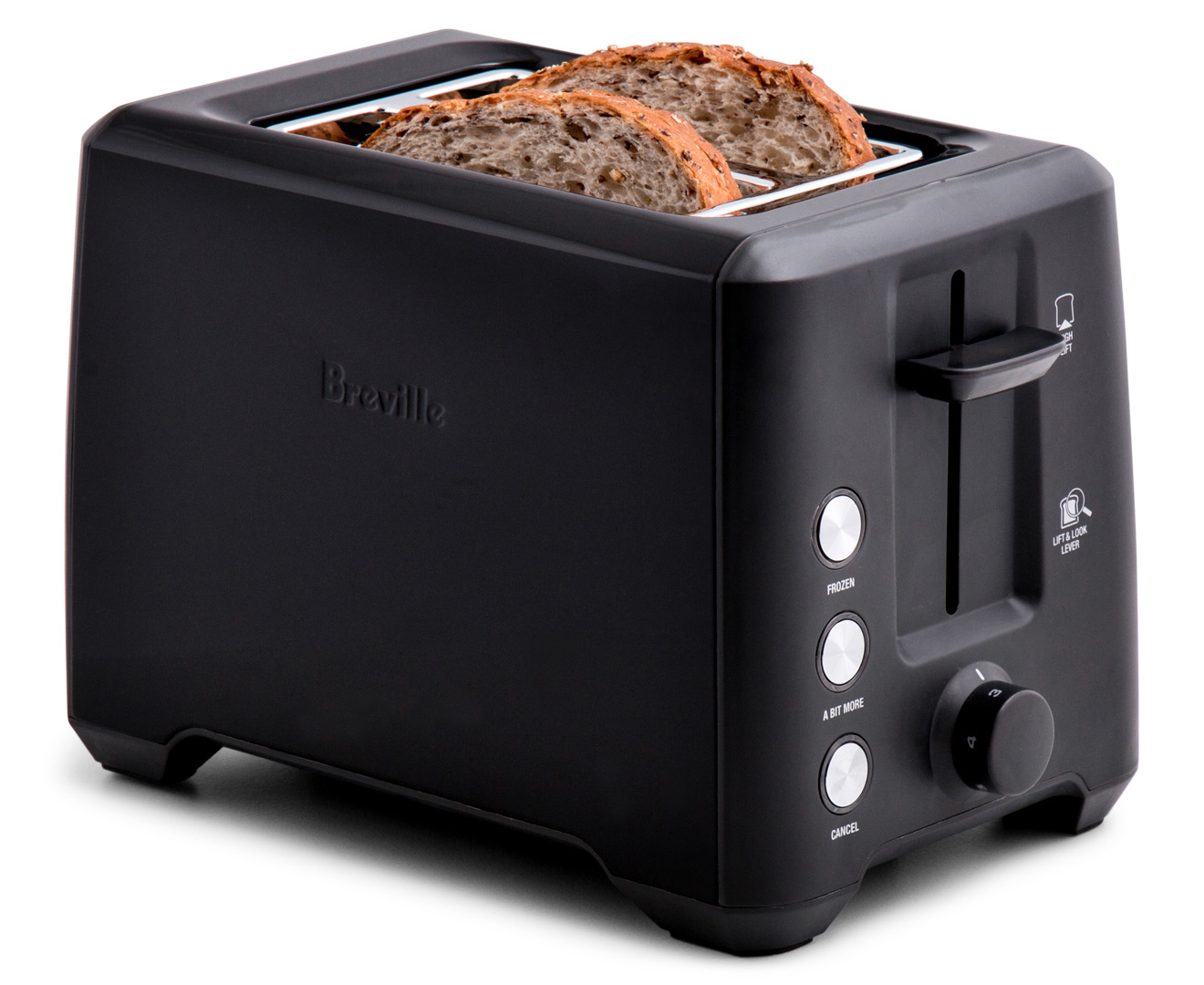
Heapsort, while achieving linear time on slices with certain patterns. Which combines the fast average case of randomized quicksort with the fast worst case of The current algorithm is based on pattern-defeating quicksort by Orson Peters, Worst-case, where the key function is O( m).įor simple key functions (e.g., functions that are property accesses orīasic operations), sort_by_key is likely to be
Slice it 2 download#
Download Slice It All and enjoy it on your iPhone, iPad, and iPod touch. This sort is stable (i.e., does not reorder equal elements) and O( m * n + n * log( n)) Read reviews, compare customer ratings, see screenshots, and learn more about Slice It All. Embark on a surprising journey in this puzzle game designed for children 6-12-year-old. Help Mammoth get his stolen hat back with the support of new creatures that move, multiply and reveal hidden fractions. The order of calls to the key function is unspecified and may change in future versions The sequel to the acclaimed and multi award-winning game Slice Fractions - Best of 2014 and Editor’s choice of the Apple Store. Temporary storage to remember the results of key evaluation. Sorts the slice with a key extraction function.ĭuring sorting, the key function is called at most once per element, by using Designed in Britain, its a robust toaster, with the looks and features. source pub fn is_sorted(&self) -> bool where Our Black & Stainless Steel 2 slice toaster features an attractive curved finish.

It’s possible that, in the future, those restrictions mightīe lifted in a way that would make it possible to see panics from this That from ever happening, as only power-of-two numbers of lanes are This will panic if the size of the SIMD type is different fromĪt the time of writing, the trait restrictions on Simd keeps This is the mutable version of slice::as_simd see that for examples. Then this can at most cause incorrect logic, not unsoundness. That said, this is a safe method, so if you’re only writing safe code,

Self.len() = prefix.len() + middle.len() * LANES + suffix.len(). This is a safe wrapper around slice::align_to_mut, so has the same weak Split a slice into a prefix, a middle of aligned SIMD types, and a suffix.

collect() Īssert_eq!( basic_simd_sum( & numbers), 4949.0) Run source pub fn as_simd_mut( as_simd:: () Īssert_eq!( middle, ) // Not enough elements for anything in the middle // They might be split in any possible way between prefix and suffix let it = prefix.


 0 kommentar(er)
0 kommentar(er)
